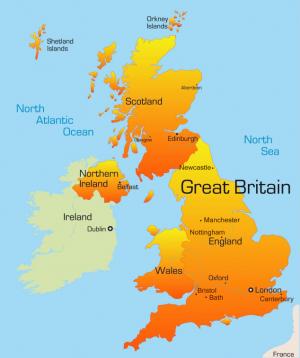Figures in primary schools have stagnated over the last five years, and remain low, at 14.1 per cent.
The number of white men in secondary schools in England has fallen by over 12,800 since 2010, a fall of 17 per cent, according to analysis by the Education Policy Institute (EPI) think tank.
The figures follow a year-on-year decline in the proportion of men teaching in secondary schools since 2010, with figures hitting an all-time low in 2019, when just over a third (35.5 per cent) of teachers were male.
In spite of this decline, the proportion of BME male teachers has risen to 17 percent of the workforce – with a 114 per cent increase in primary schools and 34 per cent increase in secondary schools, since 2010. These figures are now representative of the population as a whole (16 per cent).
However, the overall fall in male teachers is driven by a significant decline in the proportion of white male teachers in every region in England, except for Inner London, which is likely caused by the public sector pay freezes, the report says.
Research shows that men’s decision to go into teaching tends to be more responsive to wages than females. Since 2010, teachers’ wages have fallen in real terms by 16 per cent.
The report, Trends in the diversity of teachers in England, reveals that the teacher workforce is becoming increasingly female-dominated and this may have implications for pupil outcomes as there is evidence that pupils have higher learning outcomes when they have ‘a teacher like me’ in the classroom.
Joshua Fullard, author and senior researcher at the Education Policy Institute (EPI), said, ‘This analysis shows that over the last decade, the proportion of men going into teaching has fallen year-on-year in almost every part of the country. While the Covid-19 recession has boosted teacher applications, this has had no effect on the gender diversity of the school workforce, which is still heavily dominated by women.’
He added, ‘Evidence suggests that when a teacher matches the background of their pupils, this can help to improve pupil outcomes. It’s therefore encouraging that despite the overall decline in males, we have seen a rise in the proportion of BME male teachers, which now corresponds with the population as a whole.’
The report added that the surge in applications for teacher training programmes as a result of the pandemic was unlikely to have a significant impact on gender diversity, as applications from both men and women have risen and there are still likely to be shortages in subjects such as maths and physics. In order to meet recruitment targets, policymakers are likely to need to recruit more men, as the pool of teachers in these subjects is largely male.
Mr Fullard said, ‘The Government should not be complacent about increases in the number of teacher applications. These are likely to be short-term and are unlikely to fix the shortages in subjects like maths and physics. Policies such as early retention payments in these subjects should be continued and expanded alongside wider efforts to improve the diversity of the pipeline of STEM teachers.’
A DfE spokesperson said, ‘Teaching is a rewarding career that offers the chance to shape young people’s lives. We are increasing teacher pay so that we are one step closer to a £30,000 starting salary for teachers by 2022. We moved closer to that this year by introducing the biggest pay rise since 2005 with above-inflation pay rises to the pay ranges for every single teacher in the country.
‘We are working to increase the diversity of the teaching workforce, and have improved pathways into the profession with the aim of a diverse workforce that supports the progression and retention of all teachers, regardless of gender.’

